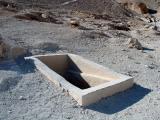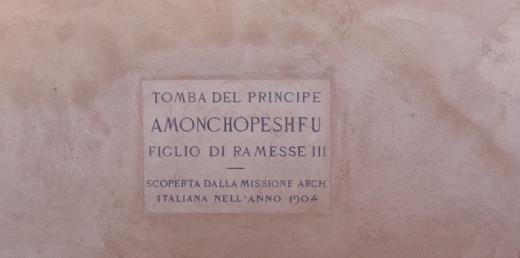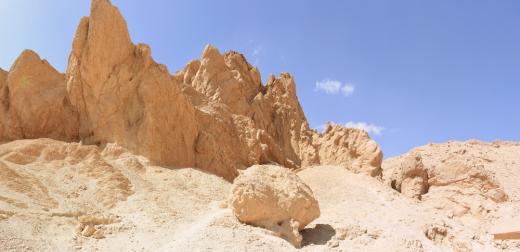QV 26
Anonymous
Entryway A
See entire tombThe shaft entrance has a modern cemented brick surround spanned by a metal grill.
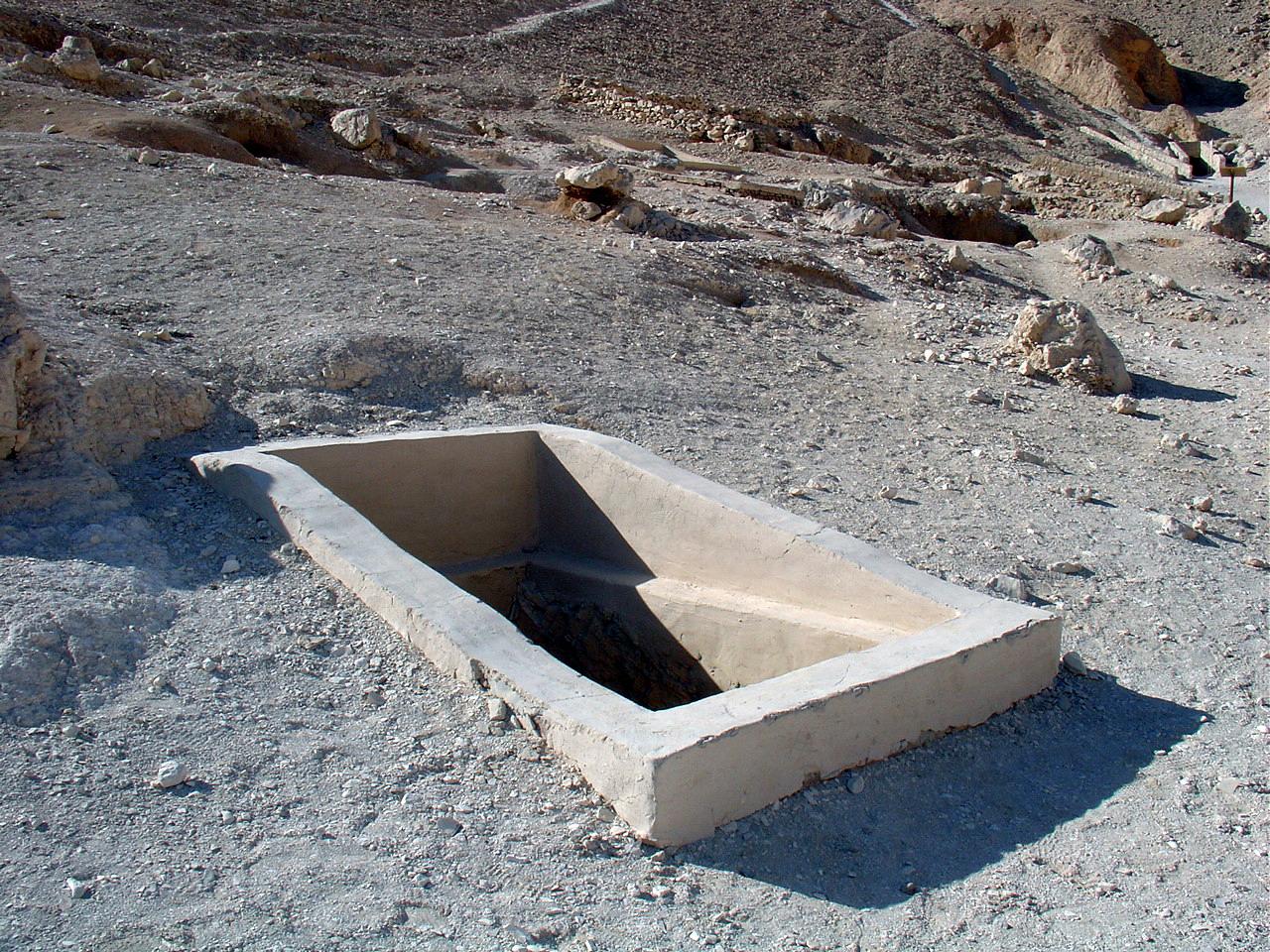
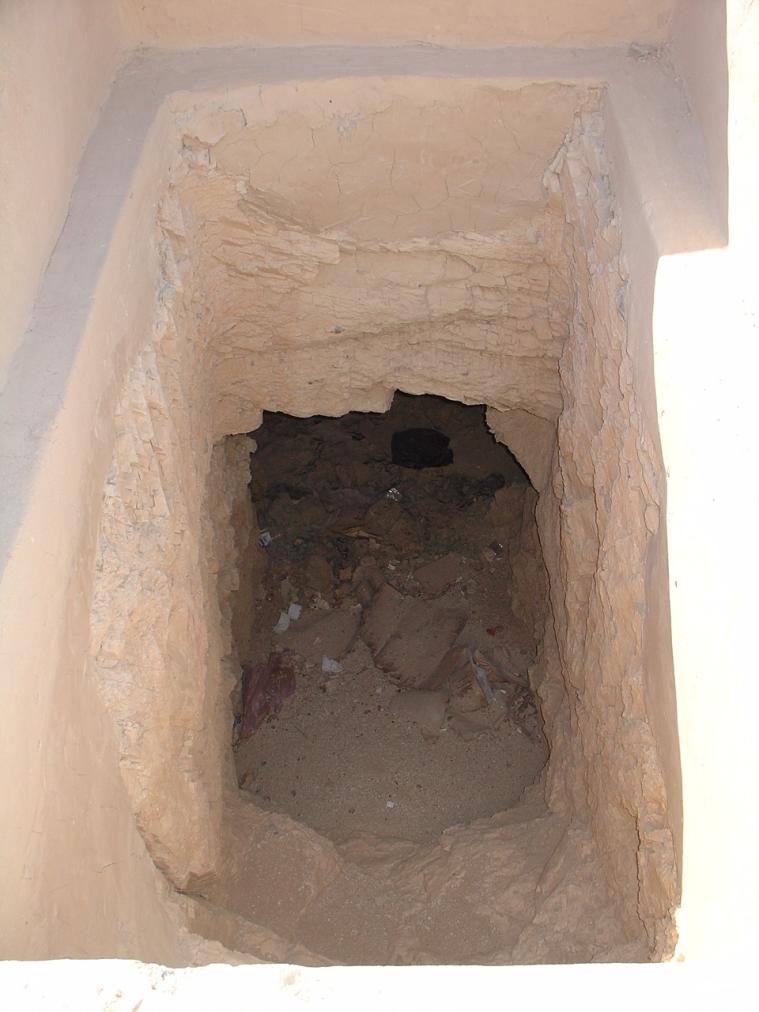
Chamber B
See entire tombLarge, roughly cut and undecorated rectangular chamber with a low ceiling which shows evidence of collapse in antiquity. The chamber was largely excavated, but a significant pile of debris on the floor has not been excavated. Despite the ceiling damage, the chamber is believed to be structurally sound.
About
About
QV 26, which has a single chamber (B) with a low ceiling, is located on a slope on the south side of the main Wadi, a few meters south of the pathway retaining wall. The shaft entrance (A) has a modern cemented brick surround spanned by a metal grill.
Elizabeth Thomas mentions its location just beyond QV 24 and QV 25 and surmises that the ceiling had collapsed in antiquity, given the rock fill and lack of any visible archaeological material.
Site History
The tomb was constructed in the 18th Dynasty.
Dating
This site was used during the following period(s):
Exploration
Conservation
Site Condition
According to the GCI-SCA, the tomb is primarily cut into fractured, weak shale. Ceiling rock has collapsed in some areas. The ceiling of chamber (B) has been extensively plastered in modern times to stabilize falling rock. Nevertheless, following the GCI-SCA assessment from 2006-2008, the tomb was judged to be structurally sound. The poor quality of rock is the principal cause of areas of loss.




Articles
Tomb Numbering Systems in the Valley of the Queens and the Western Wadis
Geography and Geology of the Valley of the Queens and Western Wadis
Bibliography
Demas, Martha and Neville Agnew (eds). Valley of the Queens. Assessment Report. Los Angeles: The Getty Conservation Institute, 2012, 2016. Two vols.
Thomas, Elizabeth. The Royal Necropoleis of Thebes. Princeton: privately printed, 1966.

